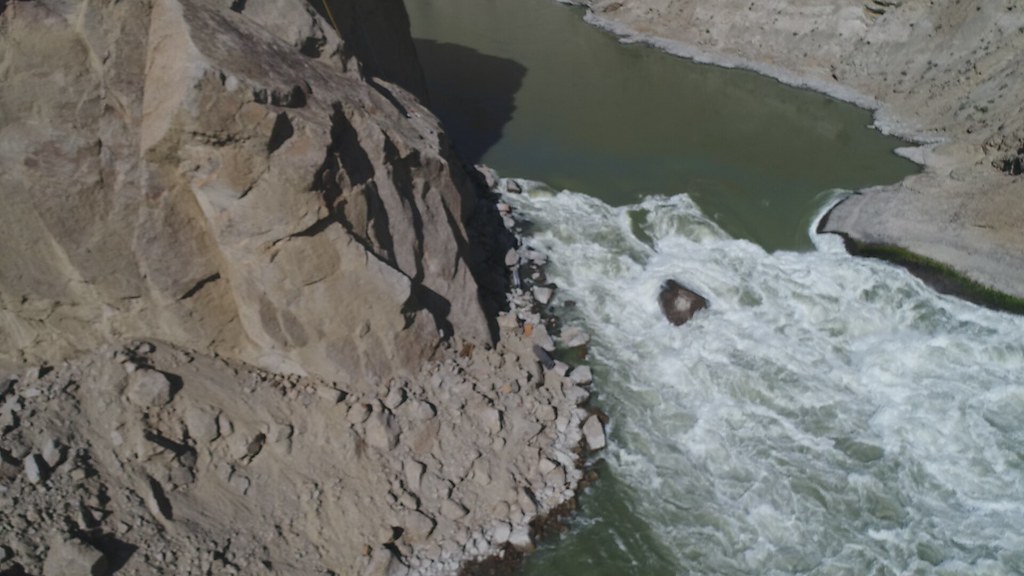wildmanyeah
Crew Member
The Fat lady is singing for some of these stocks, At least in terms of future fishing opportunities. This was the dominate run/year for chilko and some cycles it provided recreational and commercial opportunities. Looks like we are down two one year in 4 where we may get a sockeye opening.
The seventh spawning ground report of the season was provided by DFO Stock
Assessment on September 12. The Scotch Creek fence was installed on August 6
with 1,476 Sockeye enumerated to date with fish at the peak of spawning. The
Stellako River hydroacoustics site was operational on August 1 and 1,078
Sockeye have been observed to August 31 with the majority likely to be Nadina
stocks. Since August 31, 9,178 Sockeye have been enumerated through the
Stellako hydroacoustics site which are thought to be Stellako stocks. To date
400 Sockeye have been observed in the Nadina spawning channel. The Gates Creek
spawning channel is now operational with 2,277 Sockeye counted into the channel
at this time. The Chilko and Quesnel hydroacoustics sites were operational on
August 9 and 12 respectively and 34,746 and 9,417 Sockeye have been observed to
date. The Cultus Lake fence was installed on July 30 with 6 Sockeye observed to
date. Water temperature in Sweltzer Creek is 21.5° Celsius. The Birkenhead
River hydroacoustics site was operational on August 27 with 248 Sockeye
estimated to have passed the site to date. Visual surveys have begun in a
number of other tributaries with Sockeye observations in several systems at
this time. The next spawning ground update will be provided on Thursday,
September 19.
The seventh spawning ground report of the season was provided by DFO Stock
Assessment on September 12. The Scotch Creek fence was installed on August 6
with 1,476 Sockeye enumerated to date with fish at the peak of spawning. The
Stellako River hydroacoustics site was operational on August 1 and 1,078
Sockeye have been observed to August 31 with the majority likely to be Nadina
stocks. Since August 31, 9,178 Sockeye have been enumerated through the
Stellako hydroacoustics site which are thought to be Stellako stocks. To date
400 Sockeye have been observed in the Nadina spawning channel. The Gates Creek
spawning channel is now operational with 2,277 Sockeye counted into the channel
at this time. The Chilko and Quesnel hydroacoustics sites were operational on
August 9 and 12 respectively and 34,746 and 9,417 Sockeye have been observed to
date. The Cultus Lake fence was installed on July 30 with 6 Sockeye observed to
date. Water temperature in Sweltzer Creek is 21.5° Celsius. The Birkenhead
River hydroacoustics site was operational on August 27 with 248 Sockeye
estimated to have passed the site to date. Visual surveys have begun in a
number of other tributaries with Sockeye observations in several systems at
this time. The next spawning ground update will be provided on Thursday,
September 19.




